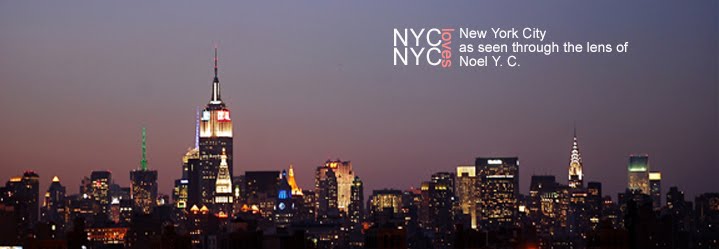One of the pieces on display at the MOMA's sculpture garden is called MIDDAY by SIR ANTHONY CARO. The piece is made of painted steel, 7' 7 3/4" x 37 3/8" x 12' 1 3/4" (233.1 x 95 x 370.2 cm). Sir Anthony Caro, (born 8 March 1924 in New Malden, Surrey) is an English, abstract sculptor whose work is characterised by assemblies of metal using 'found' industrial objects. Caro was educated at Charterhouse School and Christ's College, Cambridge, earning a degree in engineering. In 1946, after time in the Royal Navy, he started at the Regent Street Polytechnic (now the University of Westminster) to study sculpture for a year. He transferred to the Royal Academy Schools in 1947, staying until 1952. Anthony Caro found modernism when working as an assistant to Henry Moore in the 1950s. After being introduced to the American sculptor David Smith in the early 1960s, he abandoned his earlier figurative work and started constructing sculptures by welding or bolting together collections of prefabricated metal, such as I-beams, steel plates and meshes. Often the finished piece is then painted in a bold flat colour.
Caro found international success in the late 1950s and for a time was popular in the US. He was also influential as a tutor at St Martins School of Art, now Central Saint Martins College of Art and Design in London inspiring a younger generation of abstract British Sculptors led by his one time assistant Phillip King as well as reaction group including Bruce McLean, Barry Flanagan, Richard Long and Gilbert and George. He and several former students were asked to join the seminal 1966 show at the Jewish Museum in New York entitled, "Primary Structures" representing the British influence on the "New Art."
Caro taught at Bennington College from 1963 to 1965, along with painter Jules Olitski and sculptor David Smith.
He is often credited with the significant innovation of removing the sculpture from its plinth, although Smith and Brancusi had both previously taken steps in the same direction. Caro's sculptures are usually self supporting and sit directly on the floor. In doing so they remove a barrier between the work and the viewer, who is invited to approach and interact with the sculpture from all sides. In the 1980s, Caro's work changed direction by introducing more literal elements with a series of figures drawn from classical Greece. Latterly he has also attempted large scale installation pieces. One of these large pieces, Sea Music, stands on the quay at Poole in Dorset. To mark his 80th birthday, a retrospective exhibition was organized by the Tate Gallery in 2005.

No comments:
Post a Comment